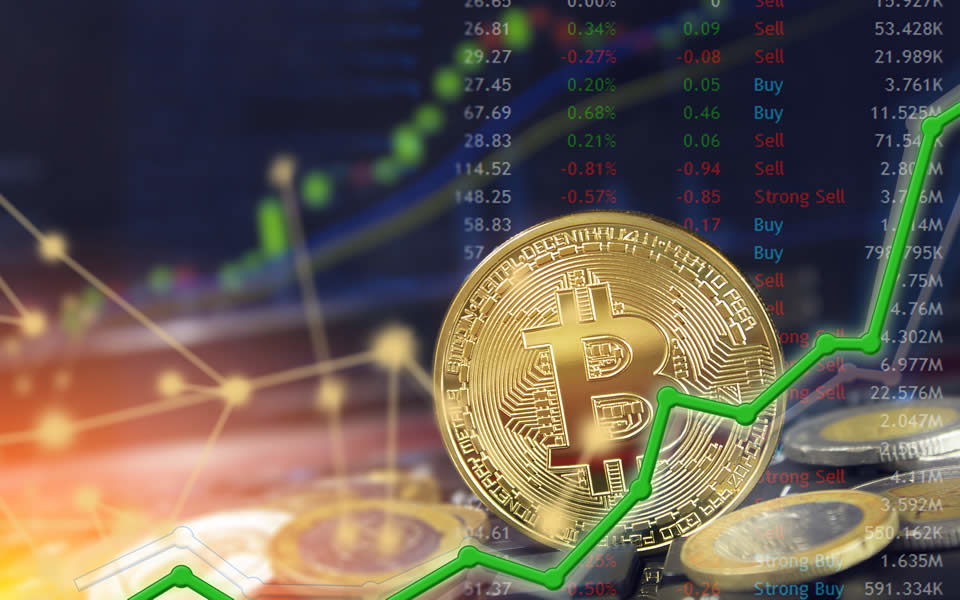
In the dynamic landscape of cryptocurrency, Bitcoin emerges as the definitive trailblazer. Possessing a decentralized framework and offering the promise of significant returns, it has enraptured the interests of investors, traders, and the wider populace. Yet, delving into the nuances of Bitcoin transactions, particularly the intricacies of buying and selling, can present an intimidating challenge for those new to the scene. Apart from this, there are many publications on Virtual currencies that might help you to understand the concepts.
The Anatomy of a Bitcoin Transaction
Bitcoin Addresses: Your Digital Identity
At the core of a Bitcoin transaction are the addresses, which serve as unique identifiers for sending and receiving funds. These addresses are alphanumeric strings generated through complex cryptographic methods. A Bitcoin address consists of two parts: the public key, which is shared openly and serves as an identifier, and the private key, which must be kept secure and confidential.
Transaction Inputs and Outputs
Bitcoin transactions involve inputs and outputs. Inputs refer to the sources of funds that are being spent, while outputs designate the destinations for these funds. Think of inputs as the bills you use to pay for a purchase and outputs as the change you receive in return. Understanding this concept is crucial for comprehending the buying and selling process.
The Role of Miners
Bitcoin transactions are validated and added to the blockchain by miners. Miners compete to solve complex mathematical puzzles, and the first one to solve it gets to add the next block of transactions to the blockchain. This process ensures the security and integrity of the Bitcoin network. Miners are rewarded with newly minted Bitcoins and transaction fees.
Buying Bitcoin: A Step-by-Step Guide
Step 1: Choose a Wallet
Before you can buy Bitcoin, you need a digital wallet to store and manage your holdings. Wallets come in various forms, including software wallets, hardware wallets, and online wallets. Choose one that aligns with your security preferences and convenience.
Step 2: Select a Cryptocurrency Exchange
Cryptocurrency exchanges act as marketplaces where you can buy, sell, and trade Bitcoin. Popular exchanges include Coinbase, Binance, and Kraken. Ensure that the exchange you choose is reputable, user-friendly, and offers the features you need.
Step 3: Verification and Funding
To comply with regulatory requirements, exchanges typically require you to verify your identity. This involves providing personal information and documents. Once verified, you can fund your exchange account using methods like bank transfers, credit cards, or other cryptocurrencies.
Step 4: Placing an Order
With funds in your exchange account, you’re ready to place an order. There are different types of orders, including market orders and limit orders. A market order buys Bitcoin at the current market price, while a limit order allows you to specify the price at which you’re willing to buy.
Step 5: Secure Storage
After purchasing Bitcoin, it’s crucial to transfer it to your private wallet for enhanced security. Exchanges can be vulnerable to hacking, and holding your Bitcoin in a private wallet gives you full control over your funds.
Selling Bitcoin: A Step-by-Step Guide
Step 1: Access Your Bitcoin
Before selling Bitcoin, ensure that it’s accessible in your wallet. This involves transferring it from cold storage (offline) to a hot wallet (online).
Step 2: Choose an Exchange
Select a reputable exchange that supports the selling of Bitcoin. The process is similar to choosing an exchange for buying.
Step 3: Placing a Sell Order
Just like buying, you’ll need to place a sell order. Specify the amount of Bitcoin you want to sell and the price at which you’re willing to part with it.
Step 4: Confirm and Execute
Review your sell order and confirm the transaction. Once executed, the Bitcoin will be transferred from your wallet to the buyer’s account.
Step 5: Withdraw Funds
After a successful sale, you can withdraw the funds to your linked bank account or another desired payment method.
Conclusion: Navigating the Bitcoin Landscape
In this comprehensive guide, we’ve deconstructed the intricate world of Bitcoin transactions, focusing on the buying and selling process. Armed with a clear understanding of Bitcoin addresses, transaction inputs and outputs, the role of miners, and the step-by-step processes of buying and selling Bitcoin, you’re now equipped to confidently navigate the dynamic Bitcoin landscape. Remember, as the cryptocurrency space continues to evolve, staying informed and practicing responsible investment strategies are key to a successful journey in the world of Bitcoin.






